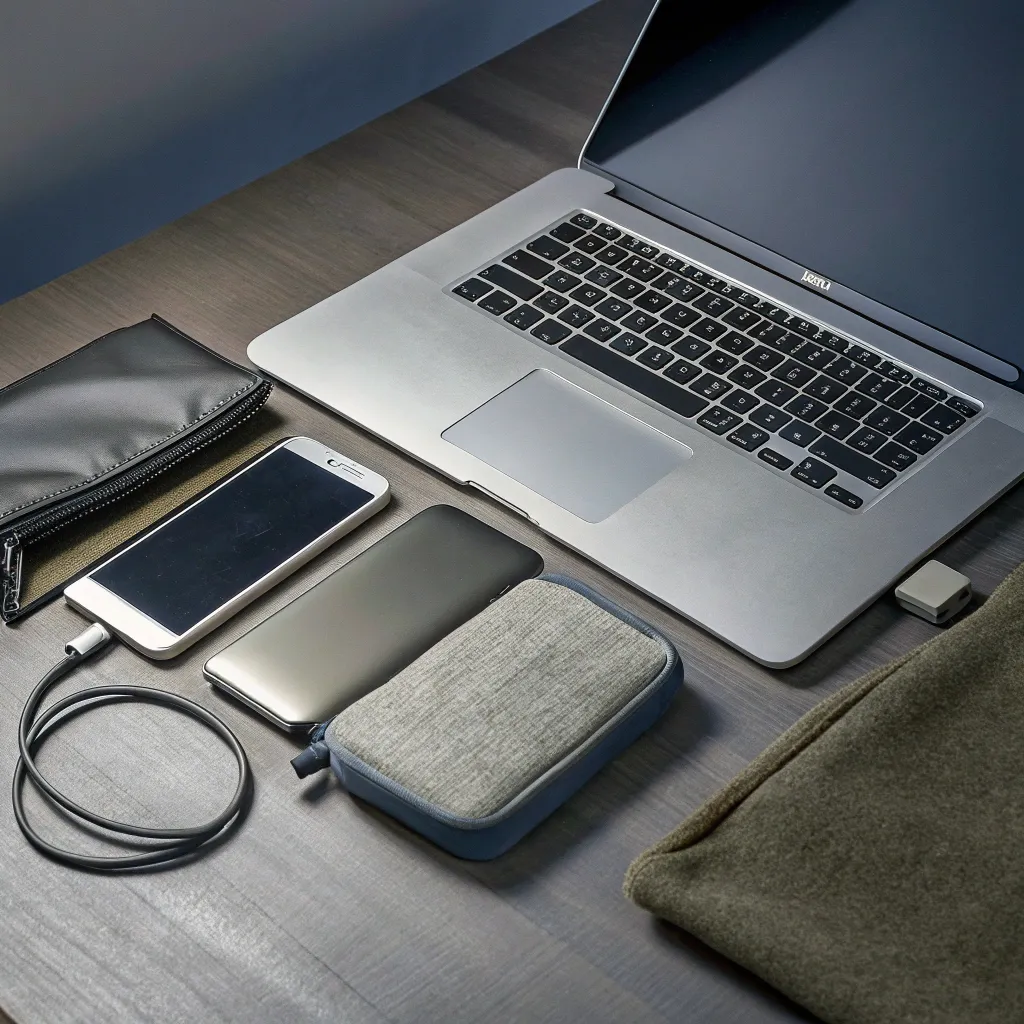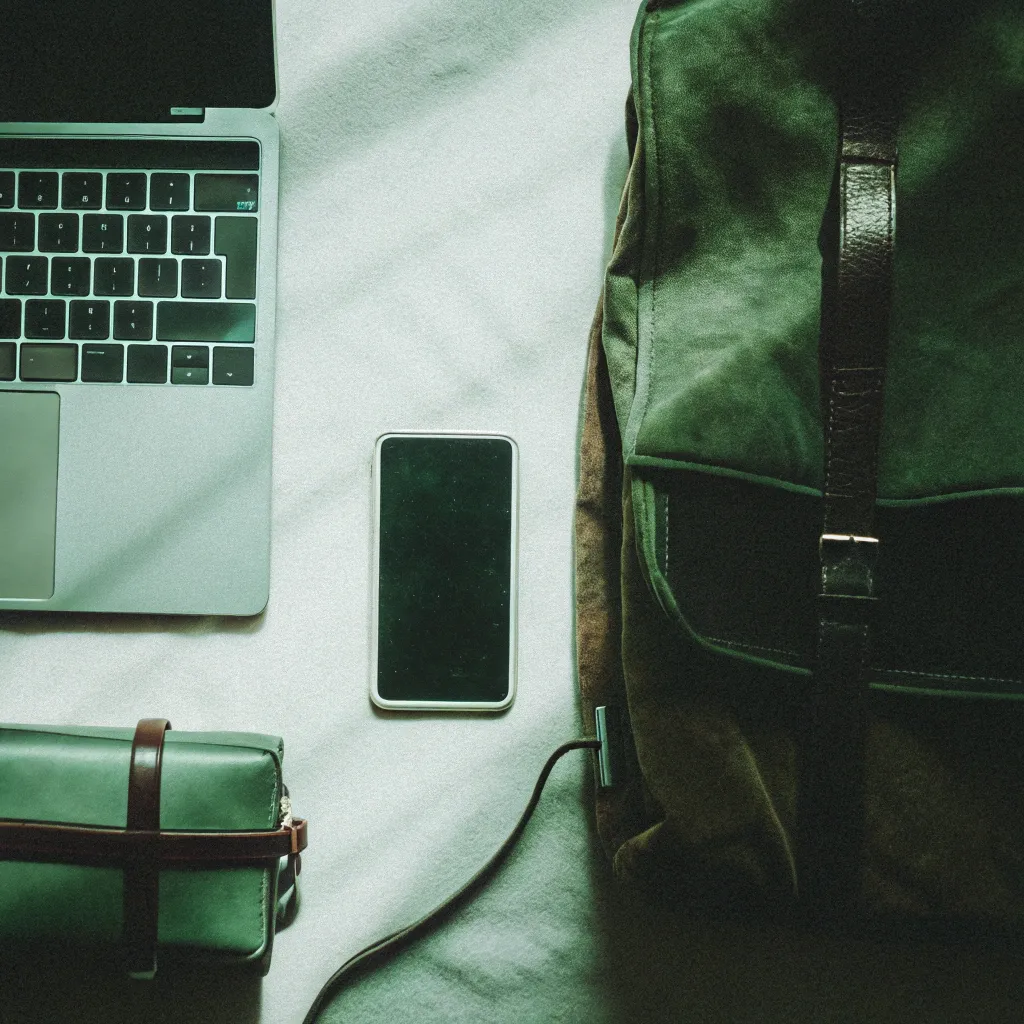Life as a digital nomad means balancing productivity with mobility. After years on the road, I've learned that having the right tech gear can make or break your remote work experience. Last month while working from a café in Chiang Mai, my backup battery saved a crucial client meeting when the power went out unexpectedly.
Essential Computing Devices
The foundation of any digital nomad's arsenal starts with reliable computing devices. Your laptop is essentially your office, so choose wisely.
Laptops Worth Considering
MacBook Air M2 models offer exceptional battery life (up to 18 hours) while weighing under 3 pounds. I switched from a heavier gaming laptop last year and immediately noticed the difference in my daily commutes to coworking spaces.

For Windows users, the Dell XPS 13 or Lenovo ThinkPad X1 Carbon provide excellent alternatives with similar portability benefits. Look for models with at least 16GB RAM if your work involves design or video editing.
Don't forget a protective sleeve or case—I learned this lesson the hard way after a minor spill in Barcelona damaged my keyboard.
Connectivity Solutions
Internet access is your lifeline. Never rely solely on public WiFi or your accommodation's connection.
A portable WiFi hotspot like the GlocalMe G4 has saved my workflow countless times. Many digital nomads also swear by the Skyroam Solis, though it's slightly bulkier.
For backup, a smartphone with generous hotspot data is essential. When working from Bali last summer, I alternated between my hotspot and phone tethering during frequent power outages.
Power Management
Nothing derails productivity like running out of juice.
- A high-capacity power bank (20,000+ mAh) supports multiple device charges
- Multi-port USB charger reduces wall adapter needs (Anker PowerPort is popular among nomads)
- Universal travel adapter with surge protection (OneAdaptr TWIST World Adapter merges multiple plug types)
Storage & Backup Solutions
Data loss while traveling is particularly devastating. My triple-backup approach includes:
- External SSD (Samsung T7 offers 1TB in a credit-card sized package)
- Cloud storage subscription (Dropbox, Google Drive, or OneDrive)
- Automated backup software
After losing three days of work in Prague due to a corrupted file, I never skip my evening backup routine.
What About Peripherals?
Do You Need a Secondary Monitor?
This depends on your work. Portable monitors like the ASUS ZenScreen have become increasingly lightweight, but they're still another item to pack. I've found that using an iPad as a secondary display works well for my needs without adding significant weight.
Organizing Your Digital Nomad Tech
Cable management becomes critical when you're constantly packing and unpacking. The Peak Design Tech Pouch has been a game-changer for keeping my dongles, cables, and smaller accessories organized.
A good backpack designed specifically for tech gear makes airport security checks less stressful. The Nomatic Travel Pack or Peak Design Everyday Backpack include padded laptop compartments and thoughtful organization systems.
Finding Your Balance
Remember that the "perfect" digital nomad setup varies widely based on your profession and travel style. A video editor needs different gear than a writer or programmer.
Start with the essentials, then add specialty items as you discover your specific needs. The goal isn't to carry everything—it's to have exactly what you need without weighing yourself down.
What tech gear has been essential for your digital nomad journey? The community always has new recommendations worth exploring!






